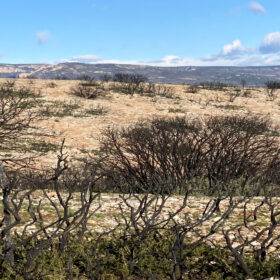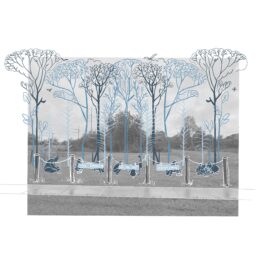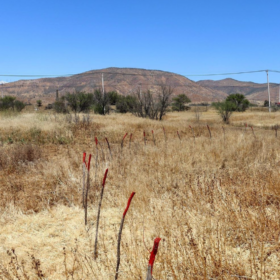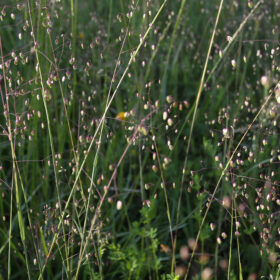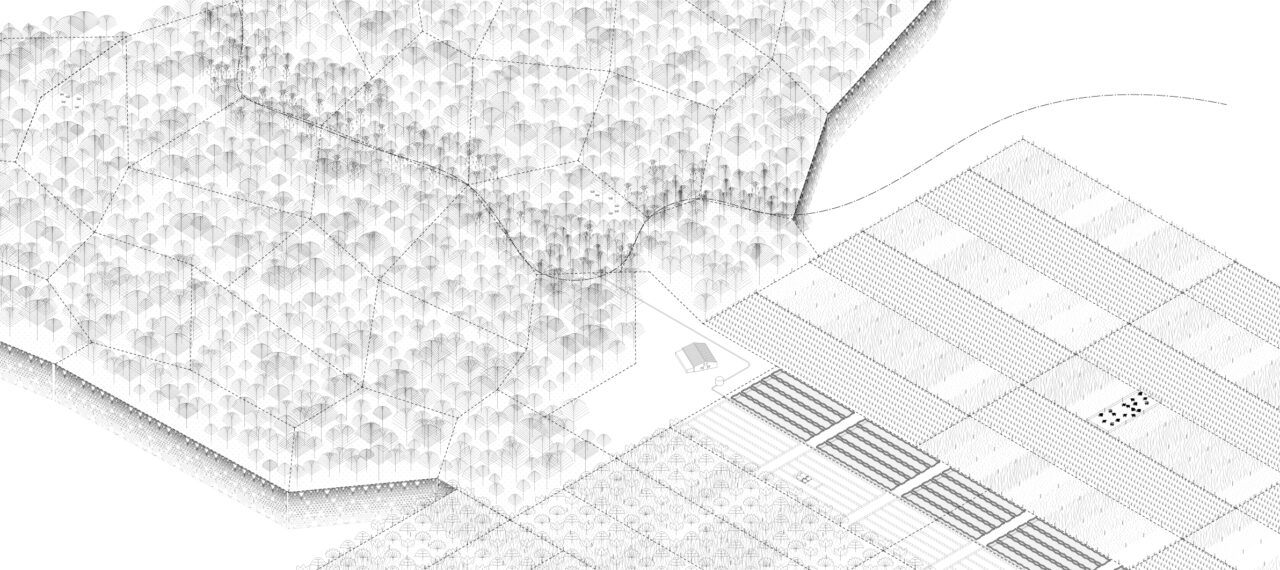
Landscape systems are intricate and challenging to illustrate effectively. The BeingAliveLanguage, a groundbreaking software integrated into Rhino/Grasshopper, revolutionizes the visualization of soil-centric information. Developed by ETH Zurich’s „Chair of Being Alive,“ this tool empowers designers and planners to create expressive, automated illustrations that support decision-making processes.
The Challenge of Communicating Landscape Complexity
Landscape systems, encompassing soil, roots, water, trees, and climates, present a significant challenge for professionals seeking to effectively communicate their intricacies. Traditional methods of creating illustrative drawings can be time-consuming and labor-intensive, limiting the ability to disseminate critical information effectively. The difference among conventions to represent living entities does not allow us to compare or read the information embedded in the illustrations, which turns out to be a lost opportunity to inform our design proposals.
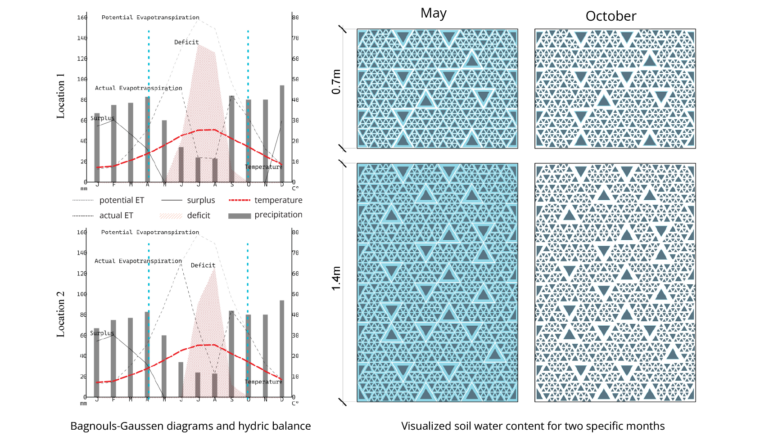
Harnessing Computational Design for Innovative Solutions
The BeingAliveLanguage, developed by the research group „Chair of Being Alive“ at ETH Zurich, stands at the forefront of technological advancements in computational design. By leveraging advanced algorithms, this cutting-edge software offers a powerful set of tools that translate and visualize soil-related information using a well-defined, fractal-based visual language.
Integrated into the widely-used Rhino/Grasshopper platform, the BeingAliveLanguage enables professionals across various disciplines to generate easily understandable soil-centered diagrams automatically. The extensible system employs a node-based programming language, allowing users to create visually compelling and informative illustrations with ease, saving time and effort while enhancing the clarity and impact of the resulting visualizations.
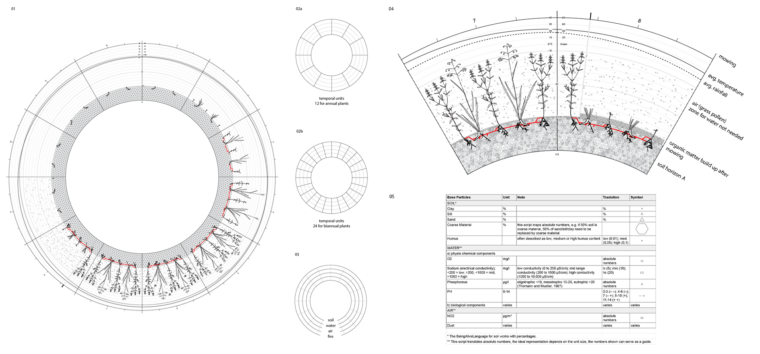
Enhancing Multidisciplinary Communication and Decision-Making
The BeingAliveLanguage has demonstrated its efficacy through multiple real-world projects and extensions, showcasing its potential to enhance multidisciplinary communication and support decision-making processes. By providing critical soil information in an accessible and visually compelling format, the tool bridges the gap between complex data and the needs of end-users in landscape design, environmental, and agricultural fields.
As the demand for sustainable and resilient landscapes grows, tools like the BeingAliveLanguage will play an increasingly vital role in fostering collaboration and understanding among professionals working to shape our built and natural environments. By harnessing the power of computational design, we can create more expressive, informative, and impactful illustrations that drive innovation and support better decision-making in the face of complex landscape systems.
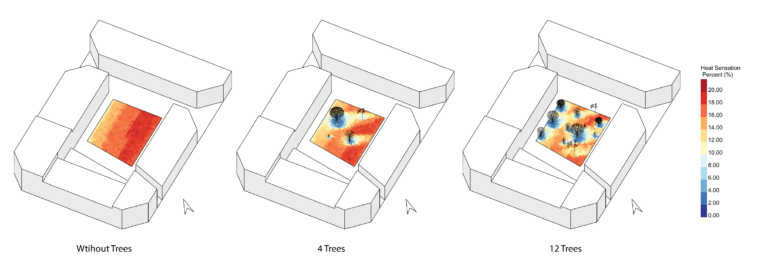
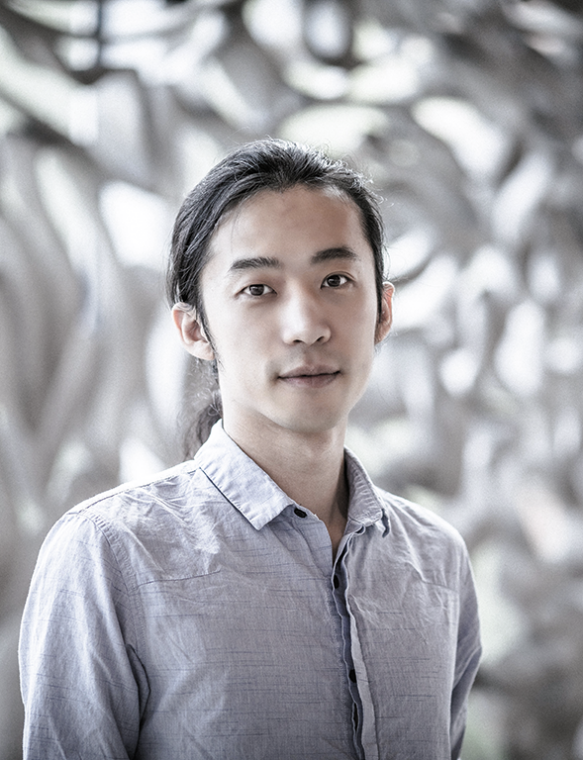
Dr. Zhao Ma is a senior researcher and lecturer of the Chair of Being Alive at D-ARCH, ETH Zurich, drawing upon his expansive multi-disciplinary background in design, engineering, and computer science. He is the lead instructor for the Digital Design Methods I course and spearheads advanced computational research initiatives focused on extended reality, living systems, geometry processing, and robotic fabrication. Beyond the academic realm, he also serves as a senior computational specialist at MESH.ch, a ETH spin-off that focuses on industrial-level advanced robotic fabrication of rebars.
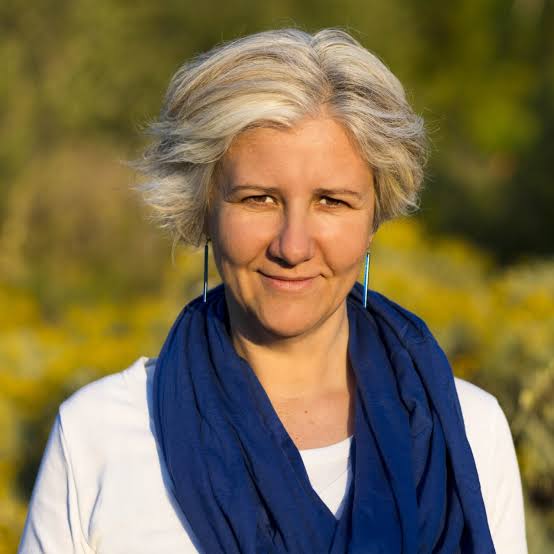
Prof. Teresa Galí-Izard is the head of the Chair of Being Alive at the D-ARCH, ETH Zurich. Her research focuses on the translation of the hidden potential of places, exploring new languages that integrate living systems into design. She seeks to find a contemporary answer that includes non-humans and their life forms through exploring climate, geology, natural processes, dynamics and management. She is also the principal of ARQUITECTURA AGRONOMIA, a landscape architecture firm based in Barcelona since 2007. She has a large number of built projects in Spain such as Coastal Park, Passeig de Sant Joan, and Sant Joan Landfill restoration, in Barcelona which won the European Urban Public Space award in 2004.
